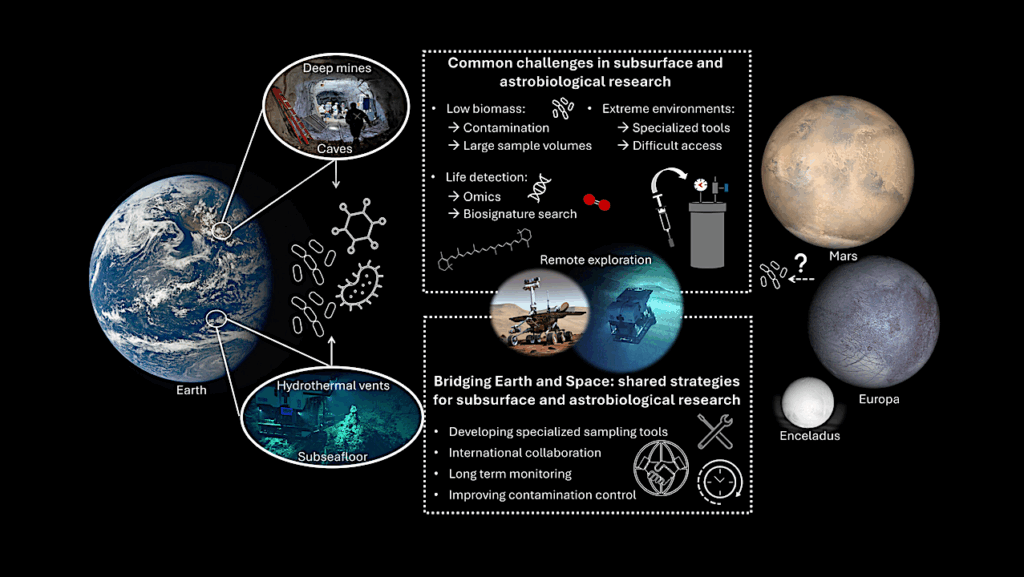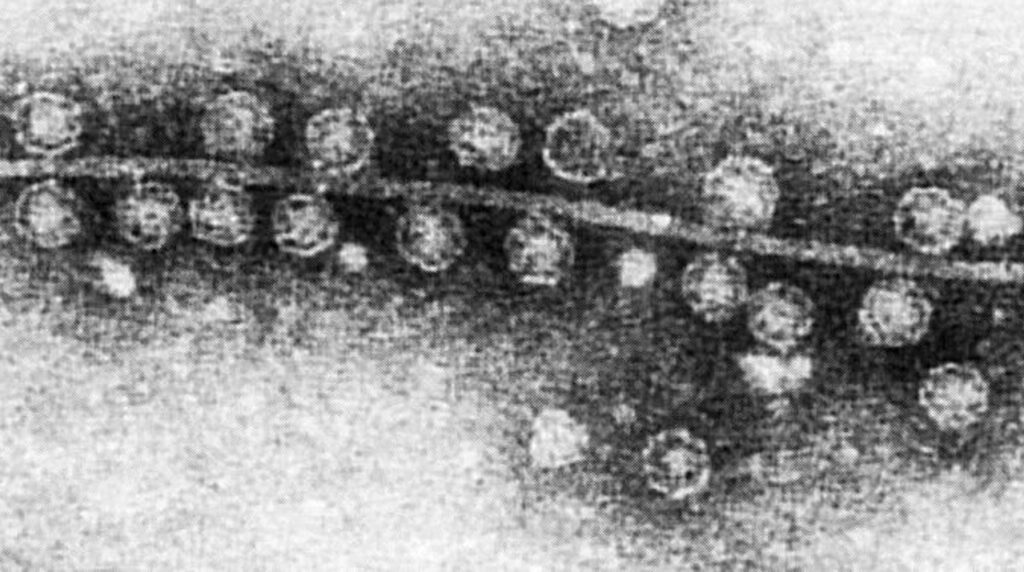Mid-infrared Spectroscopy Of Planetary Analogs: A Database For Planetary Remote Sensing

The MERTIS (MErcury Radiometer and Thermal Infrared Spectrometer) instrument onboard the ESA/JAXA BepiColombo mission will provide mid-infrared data, which will be crucial to characterize the surface mineralogy of Mercury.
In order to interpret the results, we are creating a database of mid infrared spectra. As part of a study of synthetic glasses which are to serve as analog materials for the interpretation of remote sensing and modeling data, we present mid infrared data for analog materials of Mercury regolith, surface and mantle compositions.
In addition, we provide data for similar analogs of Earth, Moon, Venus, and Mars rocks for a coherent picture. The analog samples have been first characterized by optical microscopy, Raman spectroscopy and EMPA. Powdered size fractions (0-25 micron, 25-63 micron, 63-125 micron, and 125 -250 micron) were studied in reflectance in the mid-infrared range from 2.5 to 18 micron (550 to 2000cm-1), additional micro FTIR analyses were also obtained.
Results for the size fractions of the surface and regolith analogs for Mercury show typical features for amorphous material with Christiansen Features (CF) at 8 to 8.1 micron, Reststrahlen Bands (RB) at 9.8 to 9.9 micron, and the Transparency Feature (TF) at 12 micron. The six bulk silicate Mercury analogs have varying CF positions from 8.1 to 9 micron, with RB crystalline features of various olivines dominating in most samples. Similarly, bulk silicate analogs of the other planetary bodies show glassy features for the surface analogs with CF from 7.9 micron (Earth Continental Crust) to 8.3 micron (Lunar Mare), strong RB from 9.5 micron (Earth Continental Crust ) to 10.6 micron (Lunar Mare and Highlands). TF are usually very weak for the glassy analogs.
A. Morlok, S. Klemme, I. Weber, A.N. Stojic, M. Sohn, H. Hiesinger, J. Helbert
Subjects: Earth and Planetary Astrophysics (astro-ph.EP); Instrumentation and Methods for Astrophysics (astro-ph.IM)
Cite as: arXiv:2302.09987 [astro-ph.EP] (or arXiv:2302.09987v1 [astro-ph.EP] for this version)
Journal reference: Icarus(2019) 324, 86-103
Related DOI:
https://doi.org/10.1016/j.icarus.2019.02.010
Focus to learn more
Submission history
From: Andreas Morlok
[v1] Mon, 20 Feb 2023 14:04:52 UTC (4,622 KB)
https://arxiv.org/abs/2302.09987
Astrobiology








